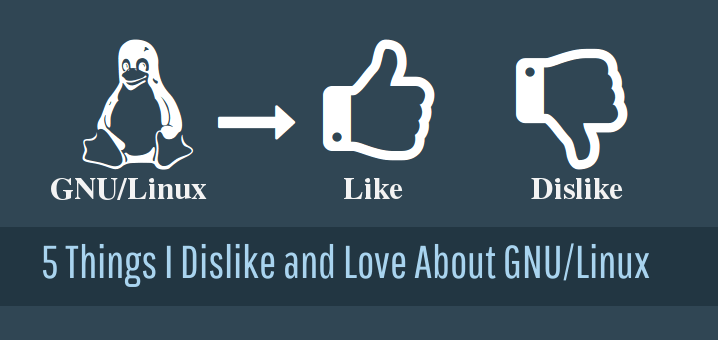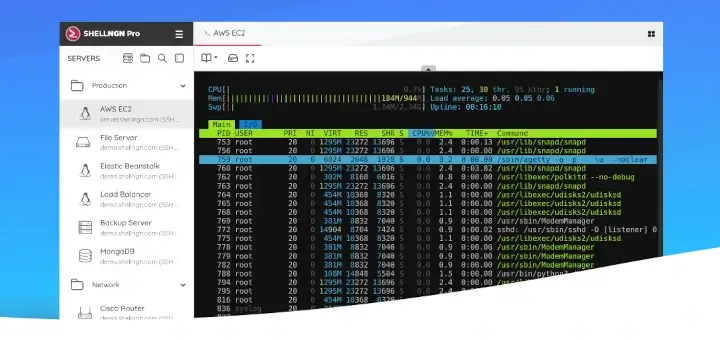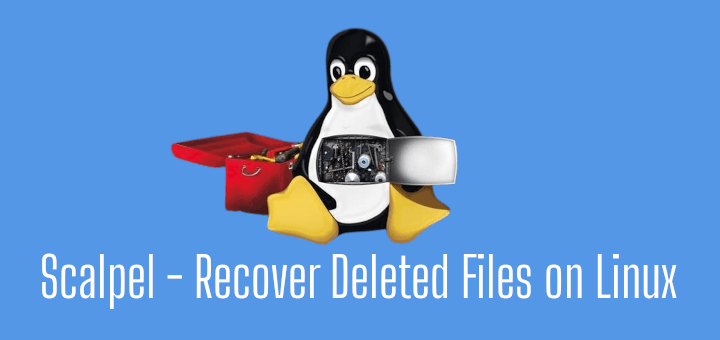First off, I recognize that the original content of this article caused a significant debate as can be seen in the comment section at the bottom of the old article at:
5 Reasons Why I Hate GNU/Linux – Do You Hate or Love Linux?
For that reason, I have chosen to NOT use the word hate here which I do not feel entirely comfortable with and have decided to replace it with dislike instead.

That said, please keep in mind that the opinions in this article are entirely mine and are based on my personal experience, which may or may not be similar to other people’s.
In addition, I am aware that when these so-called dislikes are considered in the light of experience, they become the actual strengths of Linux. However, these facts often discourage new users as they make the transition.
As before, feel free to comment and expand on these or any other points you see fit to mention.
Dislike #1: A steep learning curve for those coming from Windows
If you have been using Microsoft Windows for the good part of your life, you will need to get used to, and understand, concepts such as repositories, dependencies, packages, and package managers before being able to install new software into your computer.
It won’t be long until you learn that you will seldom be able to install a program just by pointing and clicking an executable file. If you don’t have access to the Internet for some reason, installing a desired tool may then become a burdensome task.
Dislike #2: Some difficulty to learn on your own
Closely related with #1 is the fact that learning Linux on your own may seem at least at first a daunting challenge. While there are thousands of tutorials and great books out there, for a new user it can be confusing to pick on his / her own one to start with.
Additionally, there are countless discussion forums (example: linuxsay.com) where experienced users provide the best help they can offer for free (as a hobby), which sometimes unfortunately is not guaranteed to be totally reliable, or to match the level of experience or knowledge of the new user.
This fact, along with the broad availability of several distribution families and derivatives, makes it necessary to rely on a paid third party to guide you in your first steps in the world of Linux and to learn the differences and similarities between those families.
Dislike #3: Migration from old systems / software to new ones
Once you have taken the decision to start using Linux whether at home or at the office, on a personal or enterprise level you will have to migrate old systems to new ones and use replacement software for programs you’ve known and used for years.
This often leads to conflicts, especially if you’re faced with the decision to choose between several programs of the same type (i.e. text processors, relational database management systems, graphic suites, to name a few examples) and do not have expert guidance and training readily available.
Having too much options to choose from can lead to mistakes in software implementations unless tutored by respectable experienced users or training firms.
Dislike #4: Less driver support from hardware manufacturers
No one can deny the fact that Linux has come a LONG way since it was first made available more than 20 years ago. With more and more device drivers being built into the kernel with each stable release, and more and more companies supporting the research and development of compatible drivers for Linux, you are not likely to run into many devices that cannot function properly in Linux, but it’s still a possibility.
And if your personal computing needs or business require a specific device for which there is no available support for Linux, you will still get stuck with Windows or whatever operating system the drivers of such device were targeted for.
While you can still repeat to yourself, “Closed source software is evil“, it’s a fact that it exists and sometimes unfortunately we are bound mostly by business needs to use it.
Dislike #5: The power of Linux is still mainly on the servers
I could say the main reason I was attracted to Linux a few years ago was the perspective of bringing an old computer back to life and giving it some use. After going through and spending some time dealing with dislikes #1 and #2, I was SO happy after having set up a home file – print – web server using a computer with a 566 MHz Celeron processor, a 10 GB IDE hard drive, and only 256 MB of RAM running Debian Squeeze.
I was very pleasantly surprised when I realized that even under heavy use loads, htop tool showed that barely half of the system resources were being utilized.
You may be well asking yourself, why bring this up if I’m talking about dislikes here? The answer is simple. I still have to see a decent Linux desktop distribution running on a relatively old system. Of course I am not expecting to find one that will run on a machine with the characteristics mentioned above, but I haven’t found a nice looking, customizable desktop on a machine with less than 1 GB and if it works, it will be as slow as a slug.
I would like to emphasize the wording here: when I say “I haven’t found“, I am NOT saying, “IT DOESN’T EXIST“. Maybe someday I will find a decent Linux desktop distribution that I can use on a old laptop that I have in my room gathering dust. If that day comes, I will be the first one to cross out this dislike and replace it with a big thumbs up.
Summary
In this article I’ve tried to put into words the areas where Linux can still use some improvement. I am a happy Linux user and am thankful for the outstanding community that surrounds the operating system, its components and features. I repeat what I said at the beginning of this article – these apparent disadvantages may actually become strengths when viewed from the proper perspective or will soon be.
Until then, let’s keep supporting each other as we learn and help Linux grow and spread. Feel free to leave your comments or questions using the form below – we look forward to hearing from you!






